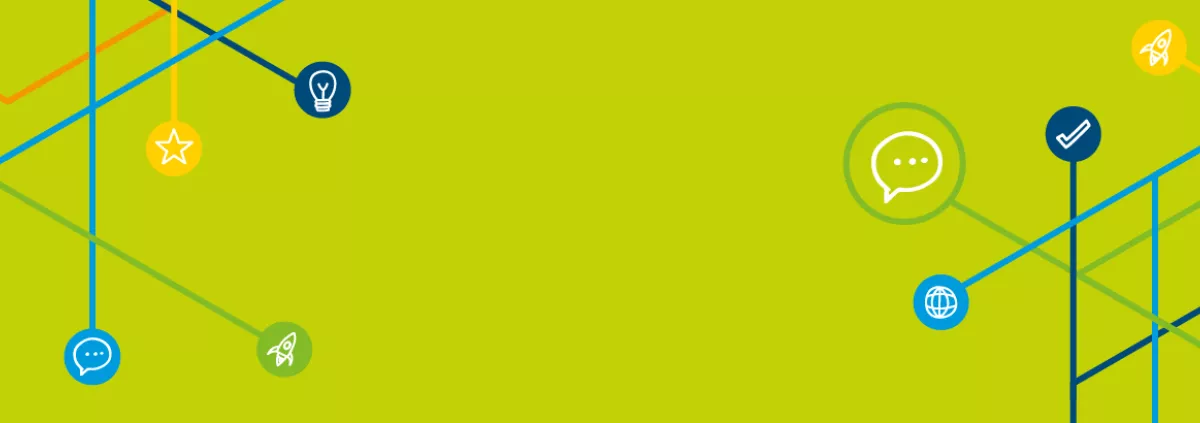
This chapter shifts from the view of micro-credentials as stand-alone units of learning to their ability to be stacked into batches of modularised learning units.
By stacking micro-credentials, learners can accumulate the necessary credits or workload to construct a learning pathway. Stacking can be a result of deliberate design, allowing combinations of micro-credentials with a larger qualification, which can then be formally recognised. Stacking can also be a process undertaken by an individual mixing different micro-credentials into a combination that works for their personal or career development, that is not necessarily formally recognised. Recognising one or more micro-credentials in a validation or recognition procedure by comparing them to components of existing qualifications, can help to combine these with additional learning to obtain a formal qualification. Learners tend to stack micro-credentials via three different routes (Table 6):
Table 6: Learning pathways and sources of credit a learner can accumulate.
|
Learning Pathway |
Accumulation of Credits/ Unit of Workload |
|
Open |
From any subject as well as any provider - meeting certain quality criteria - of the learner's choosing. An example of this is shown in Figure 8. |
|
Elective |
From a list of subjects and providers established by the learner's E&T organisation. An example of this is shown in Figure 9. |
|
Rigid |
From a compulsory list of automatically sequential subjects. An example of this is shown in Figure 10. |

Figure 8: Screenshots of an open learning pathway provided by Harvard University's Liberal Arts programme. Learners can freely enrol into classes offered by other universities affiliated with Harvard. Source: Harvard University (n.d).

Figure 9: Screenshot of an elective learning pathway provided by Nanyang Technological University (NTU). Learners can select from a list of MOOCs and have the credit recognised in the fulfilment of specific programmes. Source: NTU (n.d.)

Figure 10: Screenshot of a rigid learning pathway offered by a private company in Skopje. Learners must complete modules 1 to 9 in the figure above to gain a verified micro-credential in Interior Design. Source: PI Adult Education Center- Skopje (n.d.)
Irrespective of the pathway chosen, success factors for creating a stackable system of micro-credentials include:
- The use of a credit system to measure workload (see Publish Learning Outcomes, Notional Workload and Credit/s).
- The use of NQF level-rated descriptors and learning outcomes (see Integrate Micro-Credentials into National Qualifications Frameworks).
- Clear policies on recognition of credits from other systems, including via recognition of prior learning (see Facilitate recognition via Recognition of Prior Learning (RPL)).
Such policies and systems may be applied within a single system or platform, but may also be applied across networks of institutions, allowing for stacking of micro-credentials from multiple different institutions.
Chapter Recognition of Micro-Credentials for Education and Training demonstrates how the establishment of inter-institutional agreements enables learners to have micro-credentials automatically recognised by having credit transferred and accumulated in fulfilment of their programme. The same chapter recommends facilitating the recognition of prior learning (RPL) when learners have already acquired learning in for e.g. a previous study programme, or in the workplace (informal learning) or through a non-formal training provider. The goal of RPL is to increase the flexibility of a learner's learning pathway. According to the Dutch Organisation for Internationalisation in Education (Nuffic, 2020), flexible learning pathways may take the form of:
- Access and admission to the programme not based on the standard requirements in terms of entrance qualifications (e.g. a secondary school leaving certificate).
- Exemptions of part of the programme based on a previous obtained qualification or period of study.
- Exemptions of part of the programme, or the whole programme, based on non-formal or informal learning.
- Credit transfer during the programme (e.g. via exchange programmes).
- Distance learning and e-learning.

Please log in or sign up to comment.